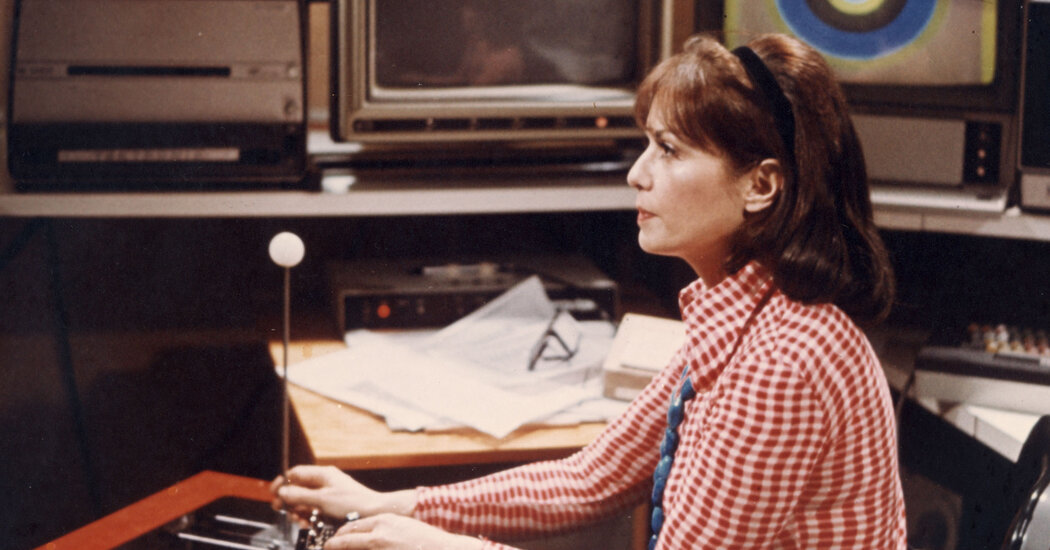Early in the digital era, she worked at Bell Labs on the intersection of art and technology, making films and at one point arriving at a novel theory about the “Mona Lisa.”
Lillian Schwartz, who was one of the first artists to use the computer to make films and who helped bring together the artistic, scientific and technology communities in the 1970s by providing a glimpse of the possibilities at the intersections of those fields, died on Saturday at her home in Manhattan. She was 97.
Her son Laurens Schwartz confirmed the death.
Ms. Schwartz was a restless, experiential artist who spent her early career bouncing among mediums like watercolors, acrylics and sculptures, often layering one on top of another and incorporating disparate, sometimes unlikely, materials.
The computer became her medium of choice after she was invited to join Bell Labs in the late 1960s as a resident visitor, a kind of artist in residence. With the help of colleagues there, Ms. Schwartz created some of the first films to incorporate computer-generated images, using photo filters, paint, lasers and discarded footage from science films, among other elements.
Her seminal work was done years before computers were controlled using the kinds of graphic user interfaces that are now central to the personal computer. To make her first film, the four-minute “Pixillation” (1970), for example — a project that took two months — she fed punch cards into an IBM 7094 mainframe computer to produce 85 black-and-white frames on magnetic tape.
She then reproduced the tape on film using a microfilm recorder, enhanced with color filters, and layered in elements like drawings and footage she had taken of paint being poured onto glass. The final film was viewed using a projector, not a computer.
